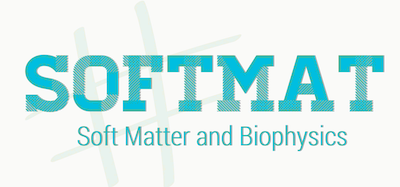[button href="http://pubs.acs.org/doi/pdf/10.1021/nn102763b" color="lime_green" target="_blank" id=""]PDF[/button]
[button href="http://www.google.es/url?sa=t&rct=j&q=&esrc=s&source=web&cd=5&ved=0CGMQFjAE&url=http%3A%2F%2Farxiv.org%2Fpdf%2F1202.2314&ei=DzO-T7HsIIix0QWC6_ke&usg=AFQjCNG7Gbcjj4HScSnSvbleLe7jNbuoKw&sig2=D6aJWn284GnMvdLQeRwGFQ" color="sea_foam" target="_blank" id=""]arXiv[/button]
S. Pogodin, N.K.H. Slater and V.A. Baulin
ACS Nano, 5 (2), 1141–1146 (2011)
Nanotube patterning may occur naturally upon the spontaneous self-assembly of biomolecules onto the surface of single-walled carbon nanotubes (SWNTs). It results in periodically alternating bands of surface properties, ranging from relatively hydrophilic to hydrophobic, along the axis of the nanotube. Single-chain mean field (SCMF) theory has been used to estimate the free energy of systems in which a surface patterned nanotube penetrates a phospholipid bilayer. In contrast to unpatterned nanotubes with uniform surface properties, certain patterned nanotubes have been identified that display a relatively low and approximately constant system free energy (< ±10 kT) as the nanotube traverses through the bilayer. These observations support the hypothesis that the spontaneous self-assembly of biomolecules on the surface of SWNTs may facilitate nanotube transduction through cell membranes.
name=”Vladimir Baulin”
photo=”https://softmat.net/wp-content/uploads/2012/05/baulin1.jpg”
url=”https://softmat.net/t2t_products/baulin/”
] [people_short
name=”Nigel Slater”
photo=”https://softmat.net/wp-content/uploads/2012/05/nigel.jpeg”
url=”https://softmat.net/t2t_products/slater/”
]
